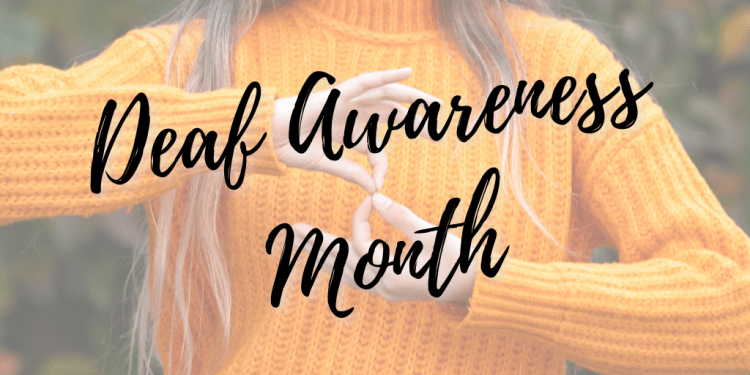

"September is Deaf Awareness Month, bringing visibility to and awareness of the communication needs and unique identity of deaf and hard of hearing people.
Deaf Awareness Month aims to increase public awareness of Deaf issues, people and culture, emphasizing the positive aspects of deafness, encouraging social inclusion and raising awareness of the organizations locally, nationally and globally that support those who are deaf."
"Hand movements are only a part of sign language. Facial expressions, hand, body and head movements are also important elements and key to delivering the full message."
Information taken directly from the website. See web page for sources and more details.
"In the United States, two-thirds of hearing-impaired people do not complete high school. In this talk at TEDxStanford, Rhodes Scholar Rachel Kolb -- who was born deaf -- shows what is possible through family support and self-belief, and proves that what is assumed about you and what you can actually achieve don't always match up. A native of Albuquerque, N.M., Rachel Kolb sees effective communication as essential to ideas, creativity and progress. She received a BA with honors in English from Stanford and will graduate in June 2013 with a coterminal master's degree in English. While at Stanford, Kolb has been active in the Stanford Equestrian Team, Leland Quarterly, Stanford Daily and Stanford Power to ACT. She aspires to be a writer, scholar and public disability advocate. Kolb was named an American Rhodes scholar in November 2012 and will pursue an MSc in contemporary literature at Oxford beginning in October 2013."